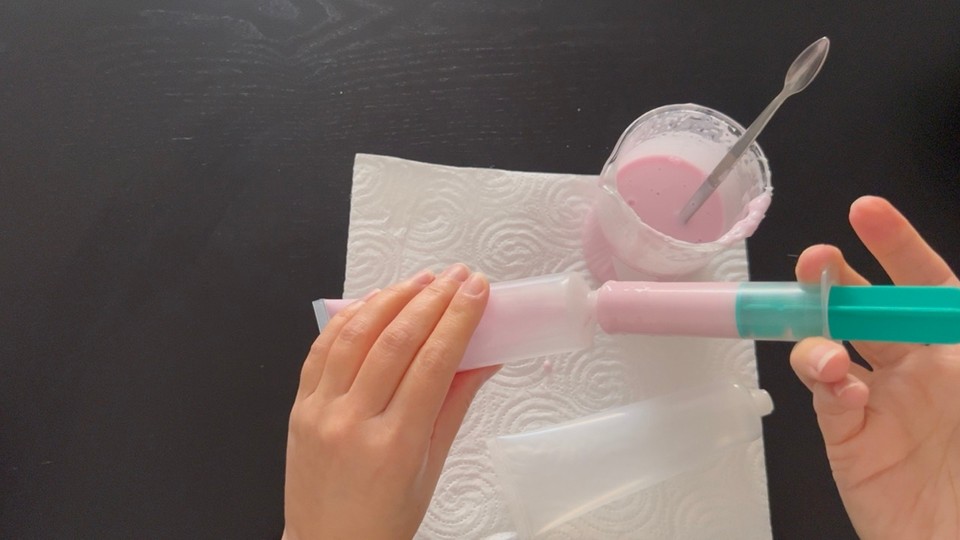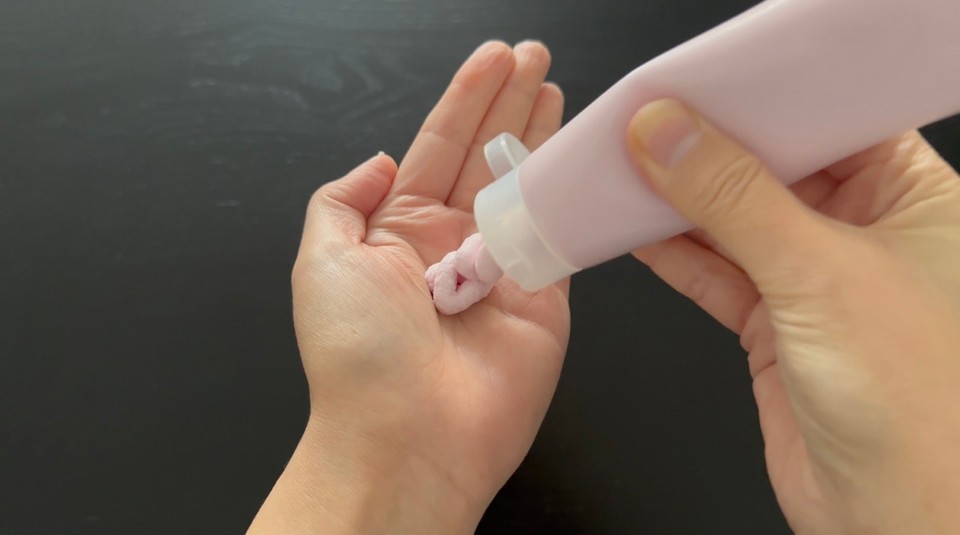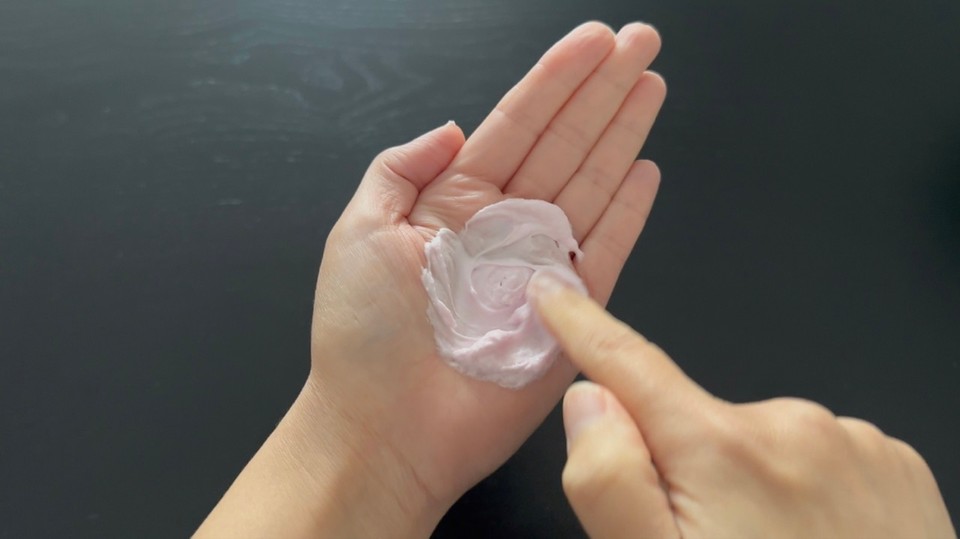Rinse Off Foaming Cleanser (Inspired By Clinique)
| Phase | Ingredient | Percent (%) | Weight (g) |
|---|---|---|---|
| Phase A | Rose hydrosol (INCI - Rosa Damascena Distillate) | 25.8 | 25.8 |
| Glycerin | 8 | 8 | |
| Phase B | SCI (INCI - Sodium Cocoyl Isethionate) | 16 | 16 |
| Coco Betaine | 8 | 8 | |
| SLSA (INCI - Sodium Lauryl Sulfoacetate) | 8 | 8 | |
| Phase C | Glyceryl Stearate Citrate | 4 | 4 |
| Jojoba wax (INCI - HYDROGENATED JOJOBA OIL) | 7 | 7 | |
| Phase D | Hyaluronic Acid (low molecular weight) | 0.2 | 0.2 |
| Distilled water | 20 | 20 | |
| Phase E | Propanediol (INCI - Trimethylene glycol) | 2.2 | 2.2 |
| Cosgard | 0.8 | 0.8 |
*** Lactic acid solution 80% to adjust the pH
*** Pink mica for color (optional)
You can help support my website and channel through the “buy me a coffee” page.
Here is the link: https://www.buymeacoffee.com/diycosmetica
Your support helps me keep sharing here more information and more formulas.
In this post, I will review the Clinique "Rinse-Off Foaming Cleanser" ingredients and formulate a similar product.

If you want to make a cleansing balm inspired by Clinique "Take the day off" cleansing balm, check this post here.
This rinse-off mousse cleanser is designed to remove makeup and sun creams gently, quickly and effectively. It is supposed to leave the skin hydrated, clean, and fresh. To use this product, you create a lather with your hands with warm water and gently massage into damp skin, avoiding the eye area. Then rinse with water.
When reviewing the ingredients list, we can make a similar product.

The first and main ingredient is water. (distilled water).
Then we have Potassium Myristate, a powdered surfactant and cleansing agent that helps the product foam and cleans the skin by allowing water to mix with oil and dirt so they can be rinsed away. Next, we have Glycerin, a humectant that attracts water to the skin. The following two ingredients are also surfactants: Potassium Behenate and Sodium Methyl Cocoyl Taurate. Also, the formula has Potassium Palmitate and Potassium Laurate. So, we have a combination of several surfactants in this product.
So, to create a similar product inspired by the Clinique one, I will need to combine several surfactants to achieve a high foaming ability with some volume and a thick texture.
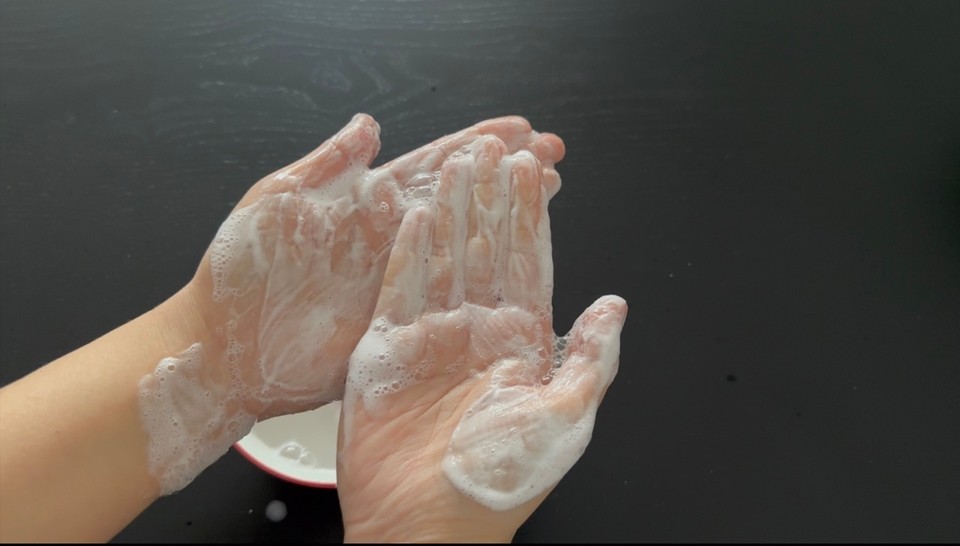
The emulsifier is Peg-3 Distearate, a synthetic emulsifier derived from petroleum-based sources.
Cholesteryl Hydroxystearate is an emollient and texture enhancer, Cholesteryl Hydroxystearate provides a soft and smooth feel to the product.
For the active ingredients, which usually have the smallest percentage in the formula, we can find Butylene Glycol (a conditioning agent that can also help increase the penetration of other ingredients and serve as a solvent), Sodium Hyaluronate (a form of hyaluronic acid), Trisodium EDTA (a chelating agent that binds with metal ions in the formula to prevent them from affecting the product's stability and appearance), Disodium EDTA (similar to Trisodium EDTA), and Phenoxyethanol (a preservative).
The last ingredients are the cosmetics colors.
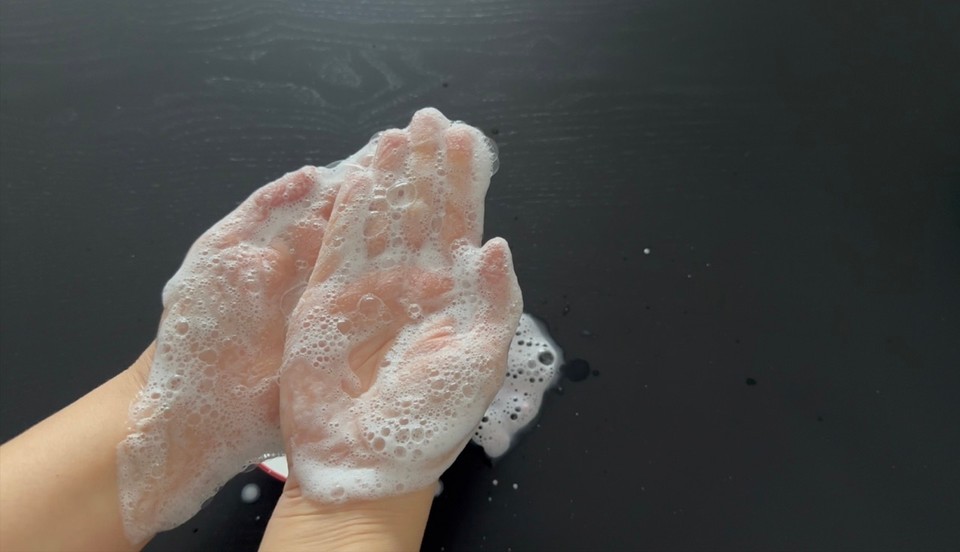
The first ingredient in phase A is distilled water. I used a combination of rose hydrosol and distilled water.I also added glycerin to phase A - the same as the Clinique formula. You can use distilled water instead of the rose hydrosol.
I also used Hyaluronic Acid (low molecular weight) in phase A. Low molecular weight hyaluronic acid (LMW-HA) possesses a smaller molecular size, enabling it to penetrate the skin deeply. Attracting and retaining moisture effectively hydrates and plumps the skin from within. This deep hydration enhances skin texture, diminishes the appearance of fine lines and wrinkles, and restores moisture balance. Furthermore, LMW-HA is swiftly absorbed by the skin compared to its high molecular weight counterpart. It has been demonstrated to stimulate collagen production, fostering skin elasticity and firmness.
Additionally, its anti-inflammatory properties alleviate irritation and inflammation, contributing to skin comfort. LMW-HA also establishes a protective barrier on the skin's surface, safeguarding it against environmental stressors like pollution, UV radiation, and free radicals. This protective shield helps thwart premature aging and skin damage.
For surfactants, I'm combining three mild surfactants that together will give a high foaming ability and rich lather: SCI (INCI - Sodium Cocoyl Isethionate), Coco Betaine, and SLSA (INCI - Sodium Lauryl Sulfoacetate).
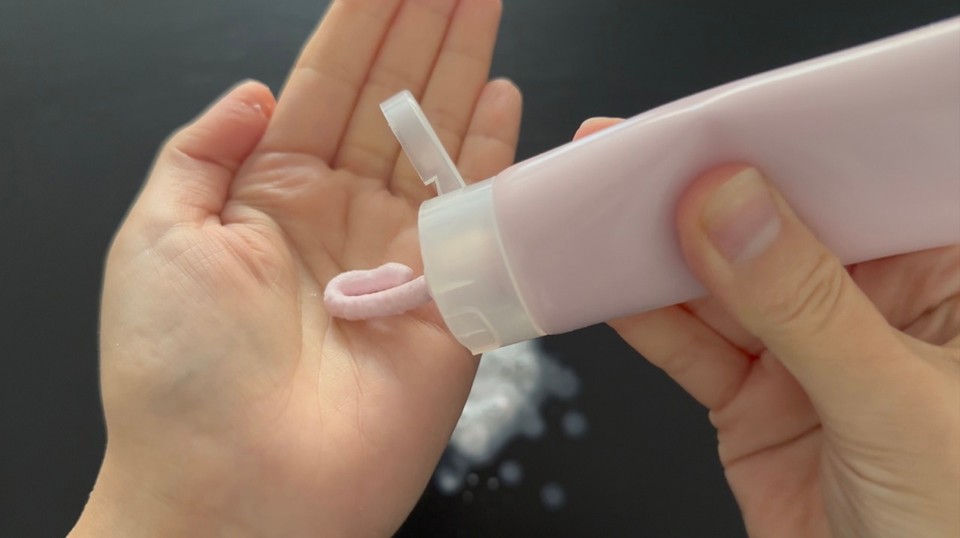
Combining these three surfactants is particularly beneficial for combination skin types and aids in effective makeup and dirt removal. Sodium Cocoyl Isethionate, Coco Betaine, and SLSA are mild surfactants, meaning they cleanse the skin without causing irritation or stripping away its natural oils. This gentle cleansing action is crucial for combination skin.
Sodium Cocoyl Isethionate (SCI) is a mild surfactant with moisturizing properties that help hydrate and soften the skin. It does not disrupt the skin's natural moisture barrier. SCI has excellent foaming properties and produces a luxurious, creamy lather.
Sodium Lauryl Sulfoacetate is a highly effective surfactant that creates a rich lather and removes makeup, dirt, and impurities from the skin's surface. Combined with Sodium Cocoyl Isethionate and Coco Betaine, it enhances the cleansing power of the face cleanser, ensuring that all traces of makeup and grime are thoroughly removed without causing irritation or dryness.
Coco Betaine is known for its soothing and conditioning properties, which can help to calm any irritation or inflammation on the skin's surface.
All three surfactants are considered mild and are suitable for sensitive skin types. They are less likely to cause irritation or allergic reactions.
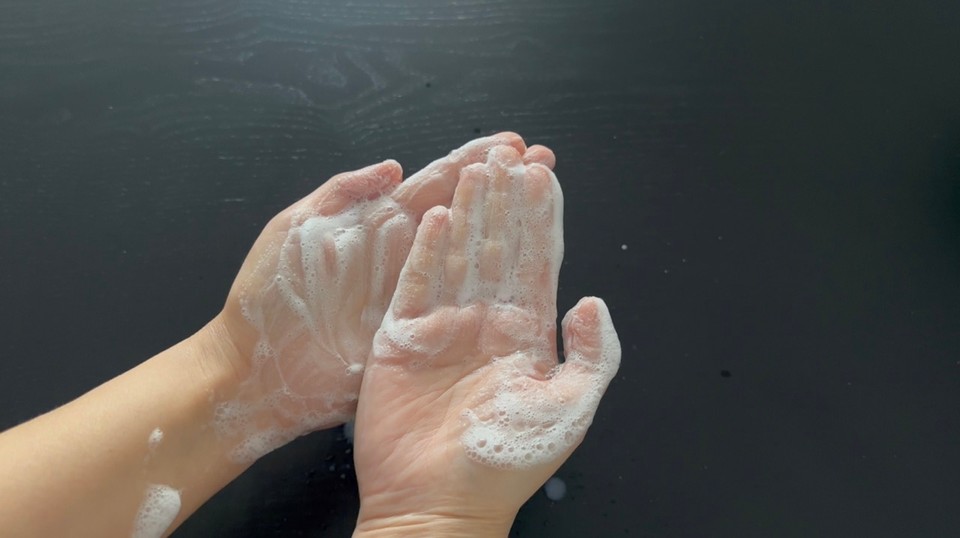
In phase C, I used an emulsifier and emollients similar to the Clinique product.
I used Glyceryl Stearate Citrate (derived from glycerin, stearic acid, and citric acid) for an emulsifier. Glyceryl Stearate Citrate is an emulsifier and a skin conditioning agent with emollient properties.
To replace the Cholesteryl Hydroxystearate, I used Jojoba wax (INCI - HYDROGENATED JOJOBA OIL) as an emollient. Jojoba wax forms a protective barrier on the skin's surface, preventing moisture loss and helping to keep the skin soft and supple; it also Jojoba wax contains natural antioxidants, including vitamin E and has a structure similar to the skin's natural sebum, making it non-comedogenic and unlikely to clog pores. It adds a luxurious and creamy consistency to the cleanser, making it smooth and velvety. You can replace the Jojoba wax with cetyl alcohol.
In phase D, I used Propanediol (INCI - Trimethylene glycol) to replace the Butylene Glycol. Propanediol is considered a more natural and eco-friendly alternative to Butylene Glycol as it is derived from renewable sources such as corn sugar. It has similar properties to Butylene Glycol and can provide hydration to the skin without leaving a heavy or greasy feel.
The last ingredient in phase D is the preservative. I used Cosgard (INCI - Benzyl Alcohol, Dehydroacetic Acid, Aqua). If you use another preservative, check your supplier's instructions and use the correct usage rate. If you need to use a higher percentage, subtract this amount from the distilled water to adjust the formula.
I added some mica powder to color the cleanser. You can skip the color if you wish to make an uncolored cleanser.
Use the calculator to adjust the amount of product you want to make.
Method:
- In a beaker, add phase D. Add the distilled water and sprinkle the hyaluronic acid powder on top. Let phase D rest for 1-2 hours until the hyaluronic acid is fully dispersed in the water. This could take longer than 2 hours.
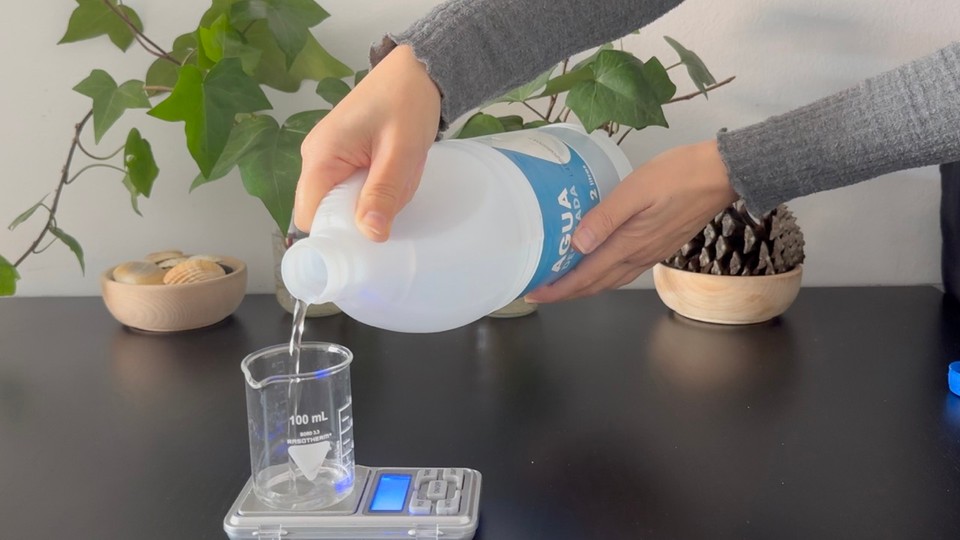
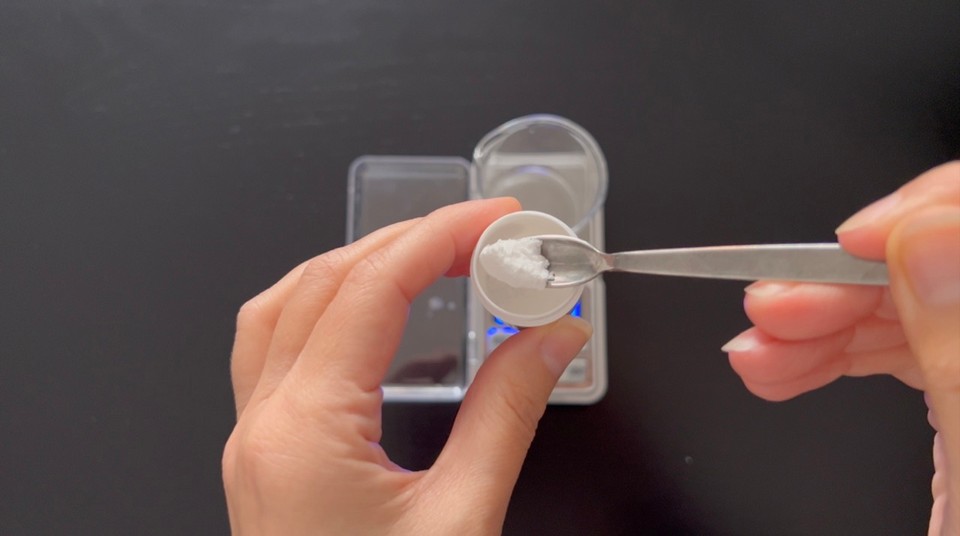
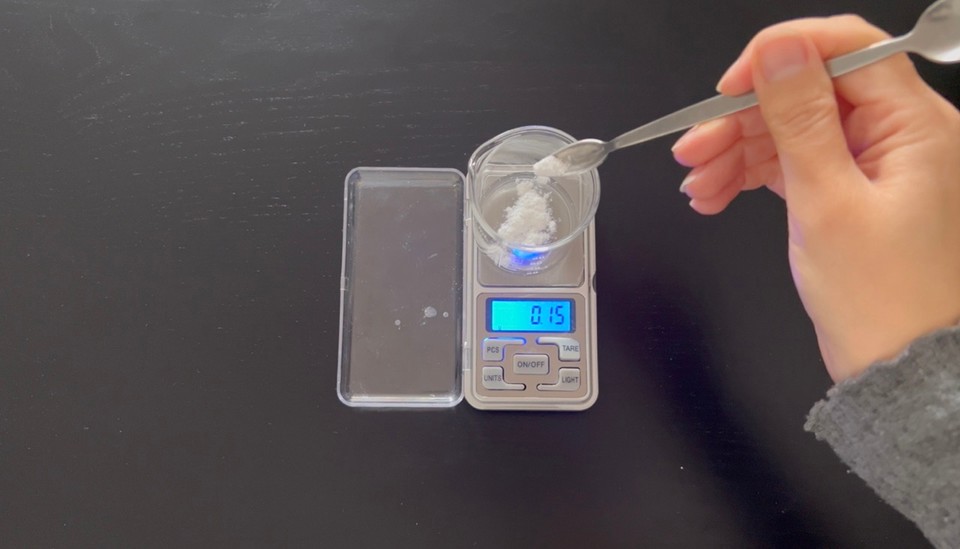
- In a heat resistance beaker, add phase A ingredients; cover the water phase beaker with aluminum foil to minimize water evaporation (when working with bigger batches, you should scale your water phase before heating and after removing it from the heat. Calculate the water evaporated during the heating and add the missing amount to the water phase beaker). Set phase A aside.
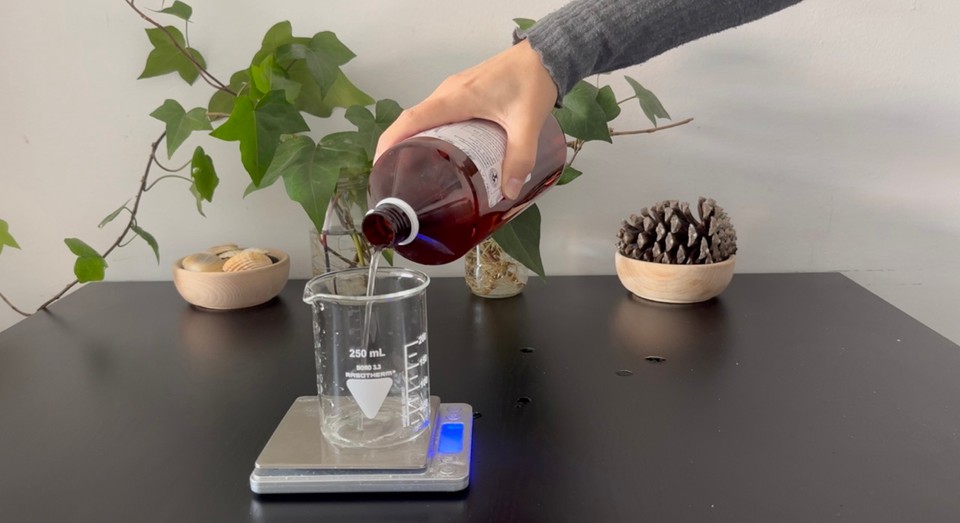
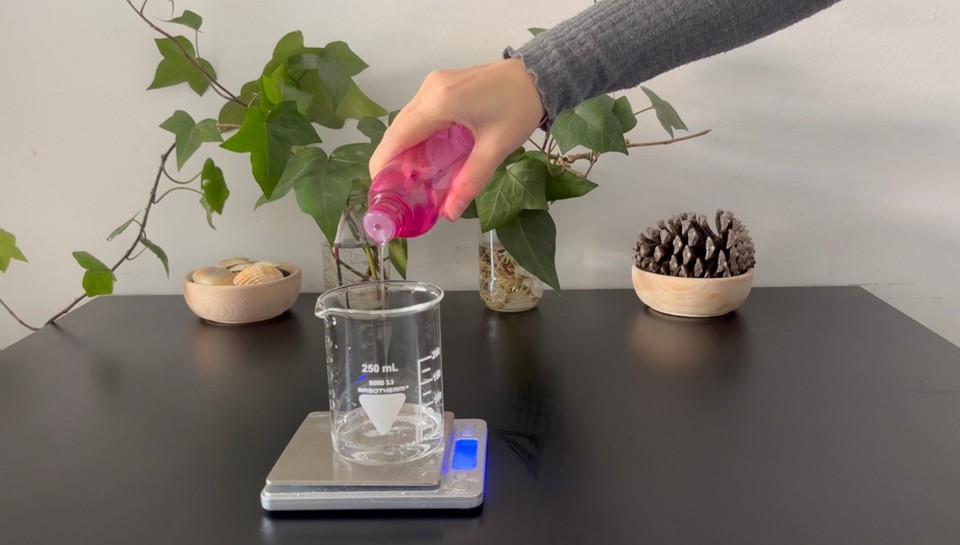
- In another heat resistance beaker, add phase B ingredients. Use a mask to avoid respiratory irritation.
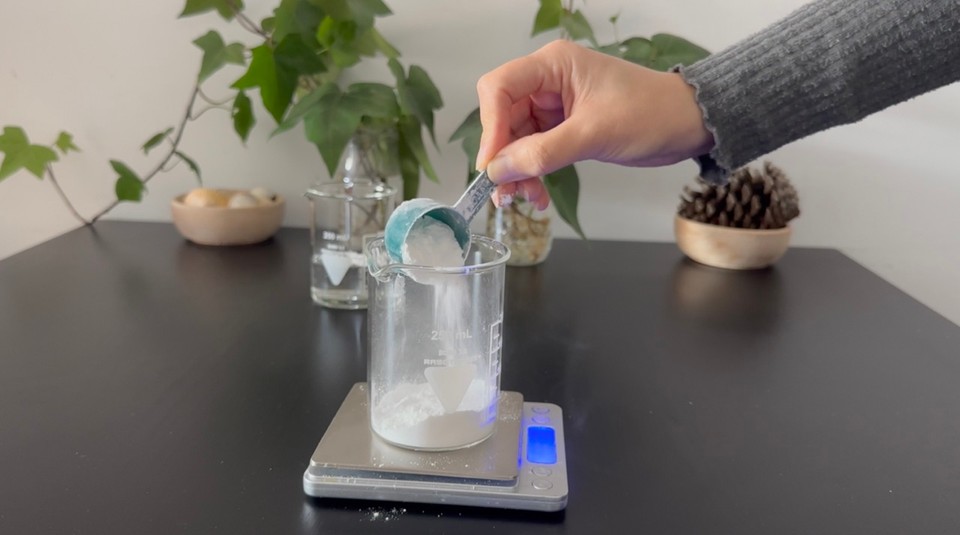



- In another heat resistance beaker, add phase C ingredients.
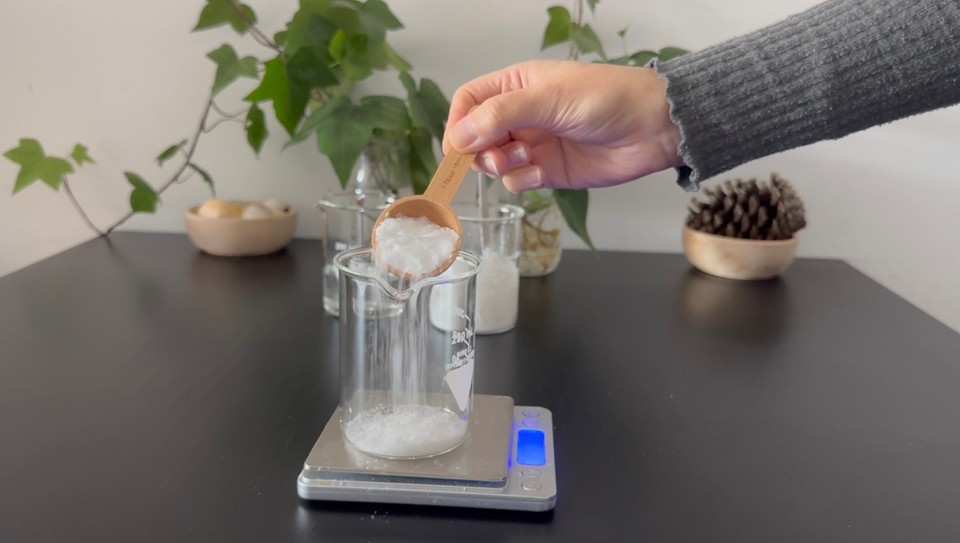
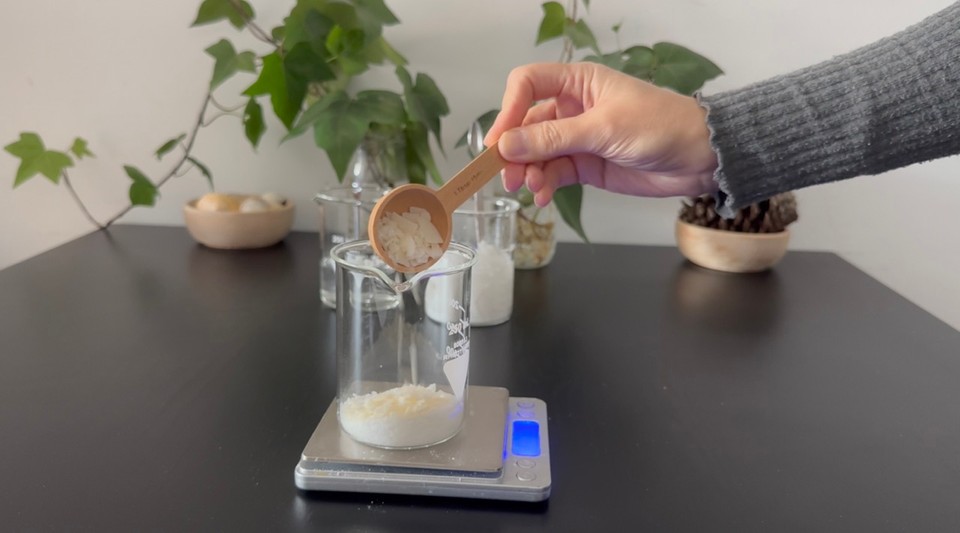
- Place phases A, B and C into a double boiler for 25 minutes on medium heat.
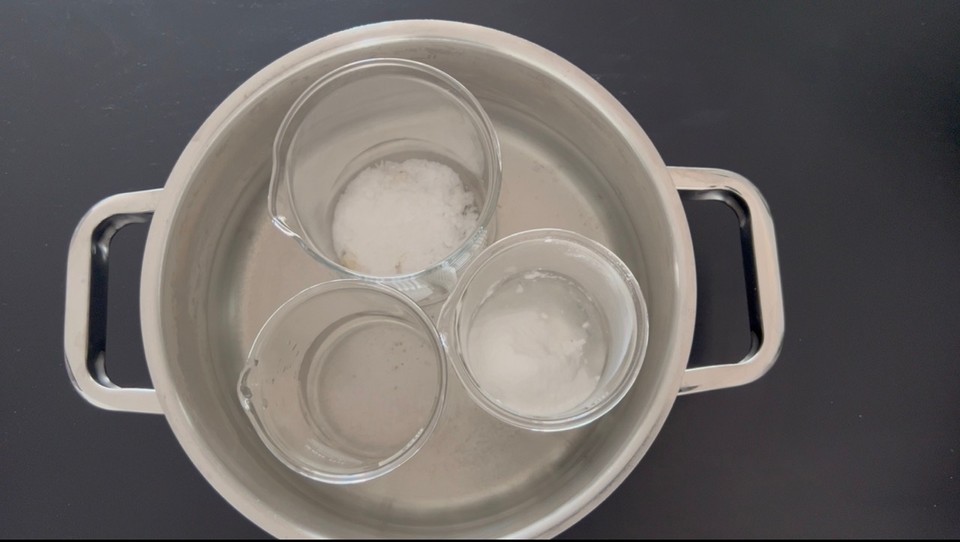
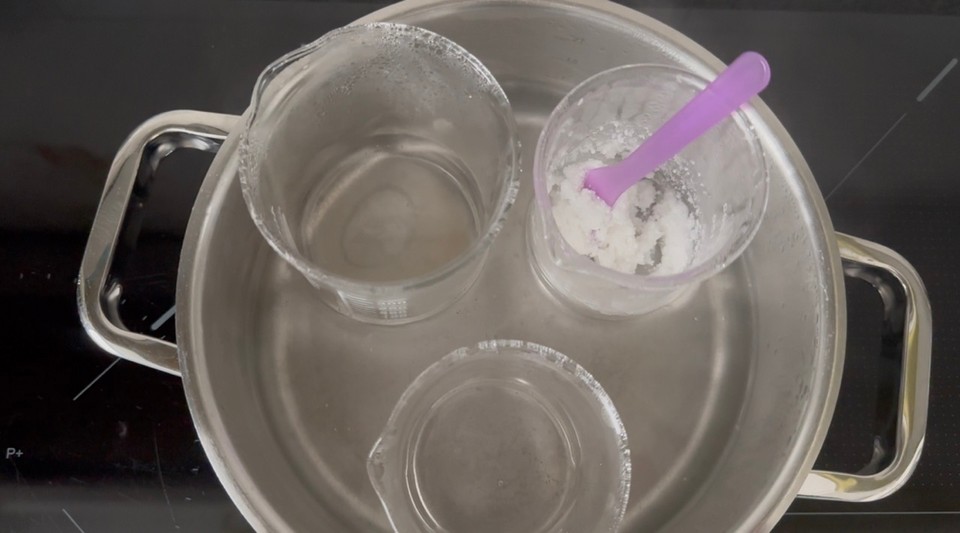
- Check on phase D now and then.
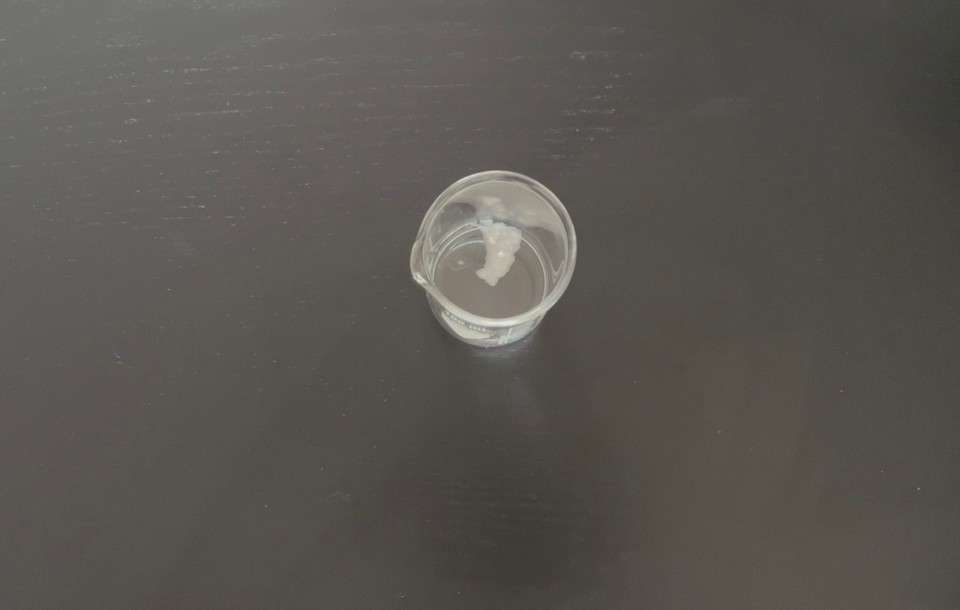
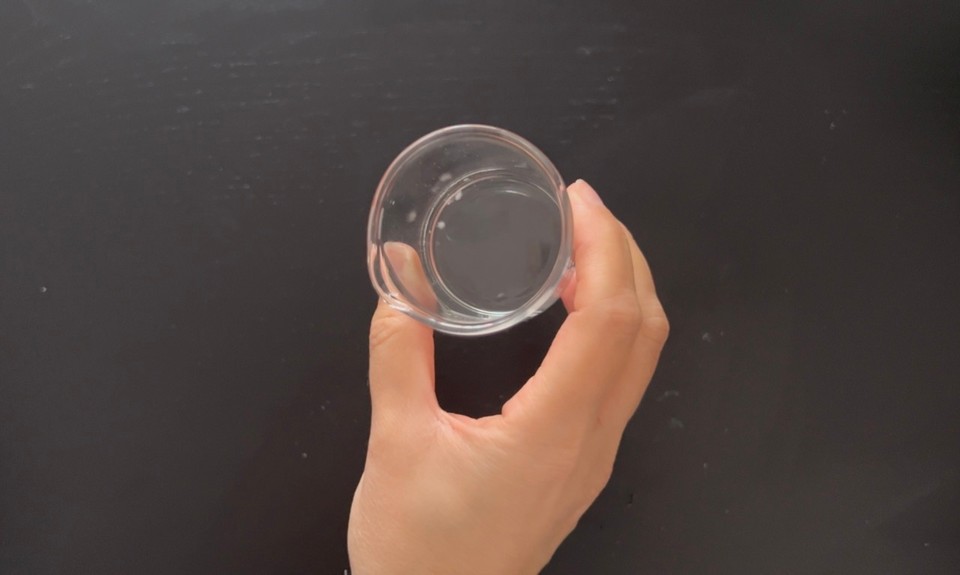
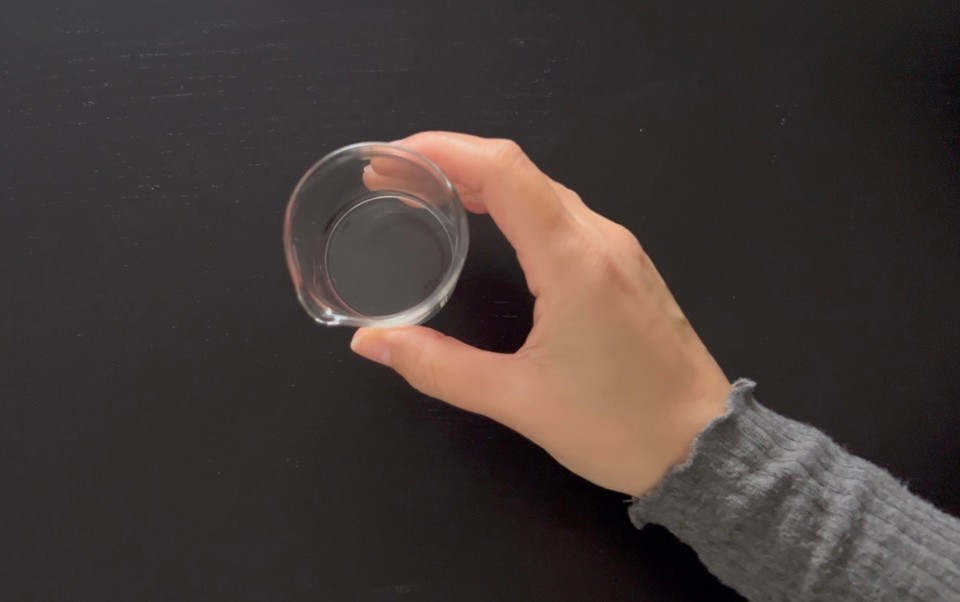
- Remove phases A, B and C from the heat. Start by combining phases A and C. Use a high-speed blender or a homogenizer to combine.
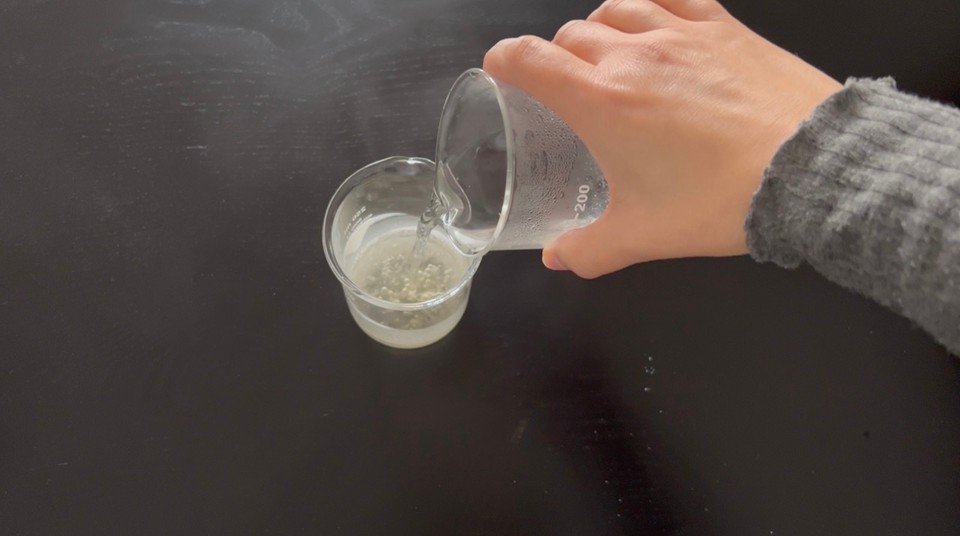
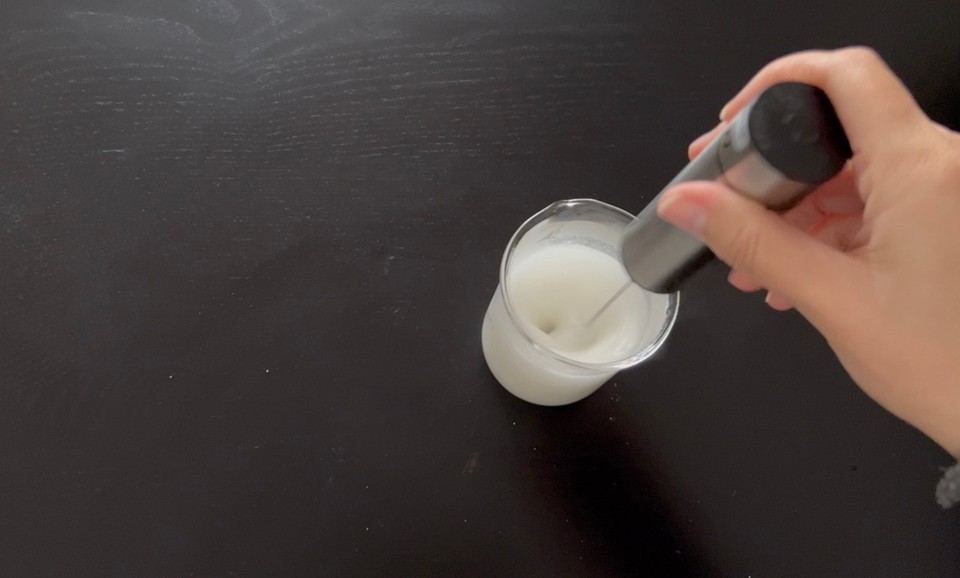
- Add phase B and mix to combine.


- If you want to add mica color, add it now and mix to combine.
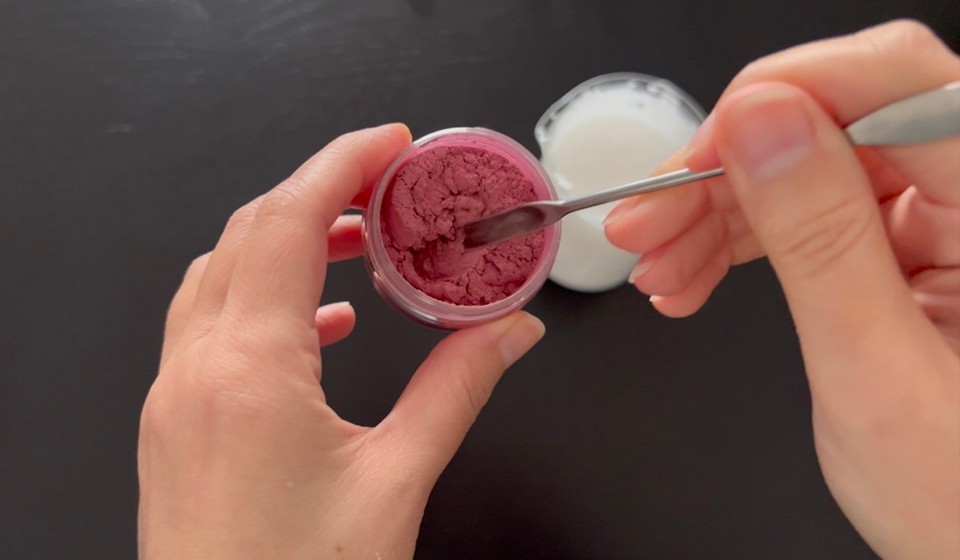
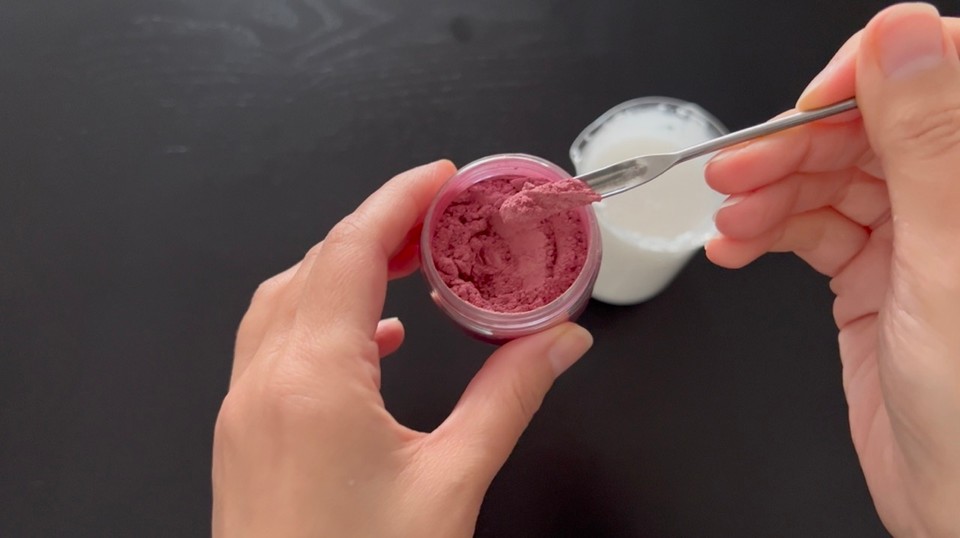
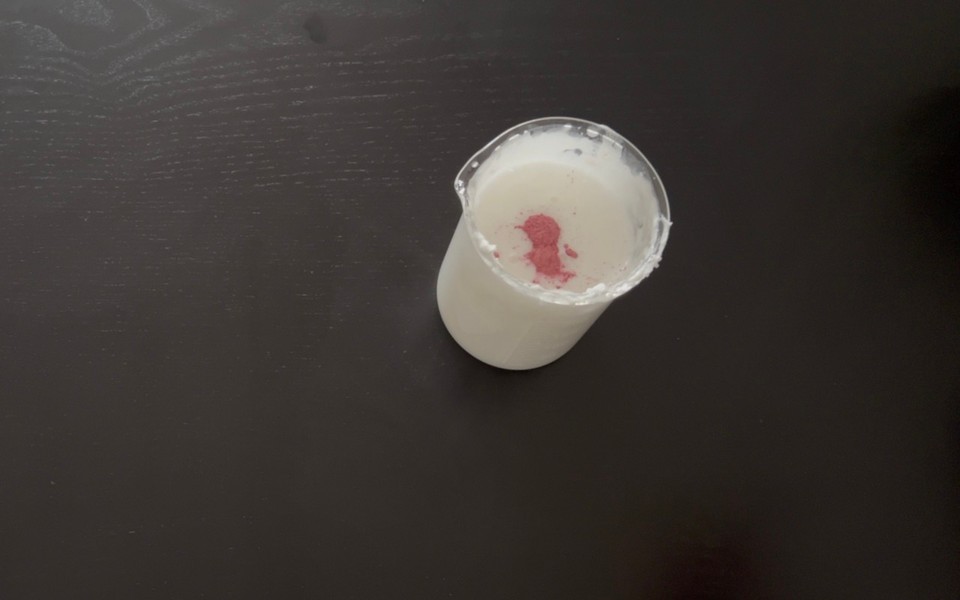

- Check the mixture's temperature; when it has cooled to less than 40 degrees Celsius, add phase D and mix.

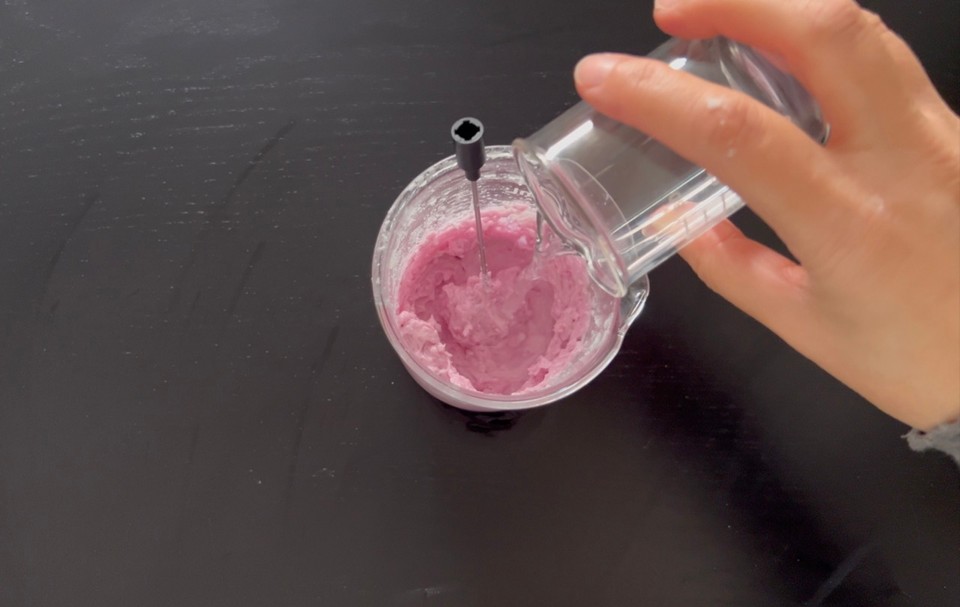
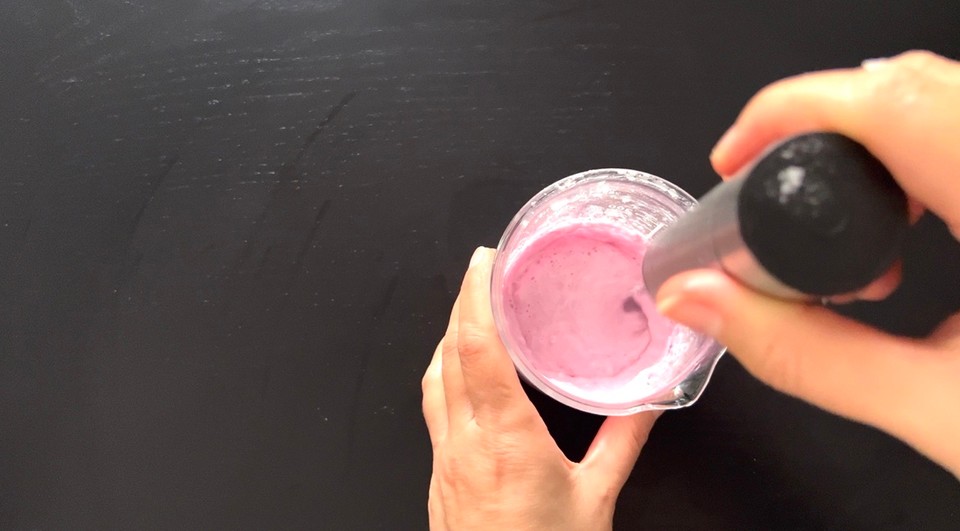
- Add phase E and mix.
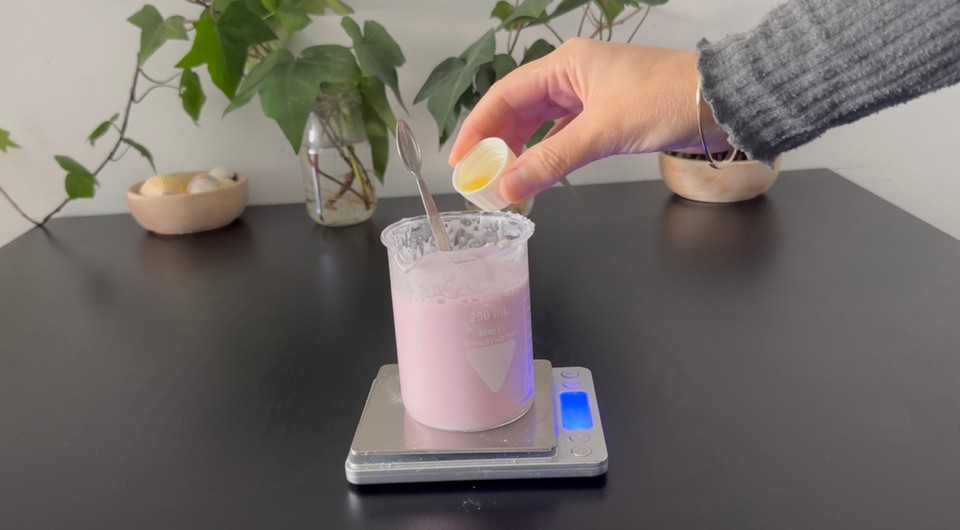

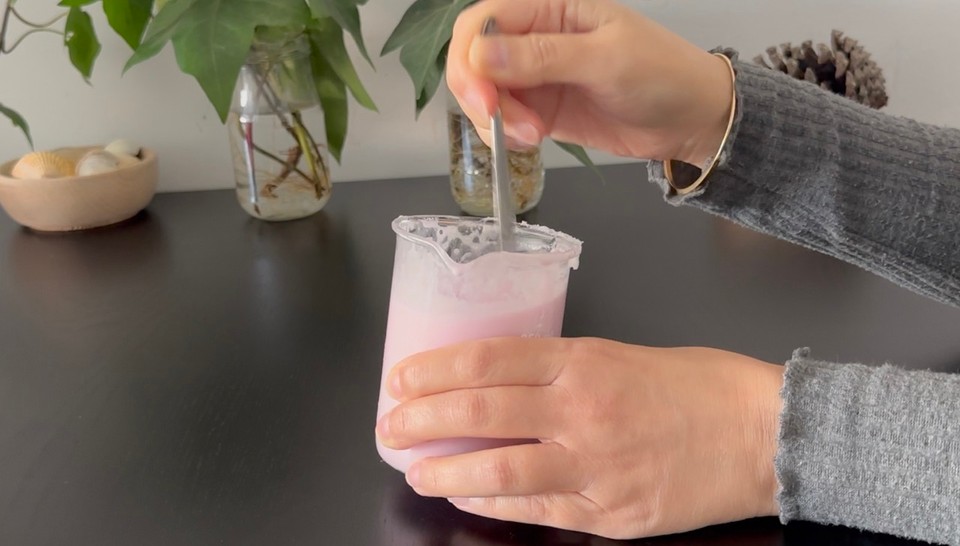
- Check and adjust the pH level if necessary. The final pH should be around 5-5.5. I used a few drops of lactic acid 80% solution to lower the pH. You can read more about pH adjustments here.
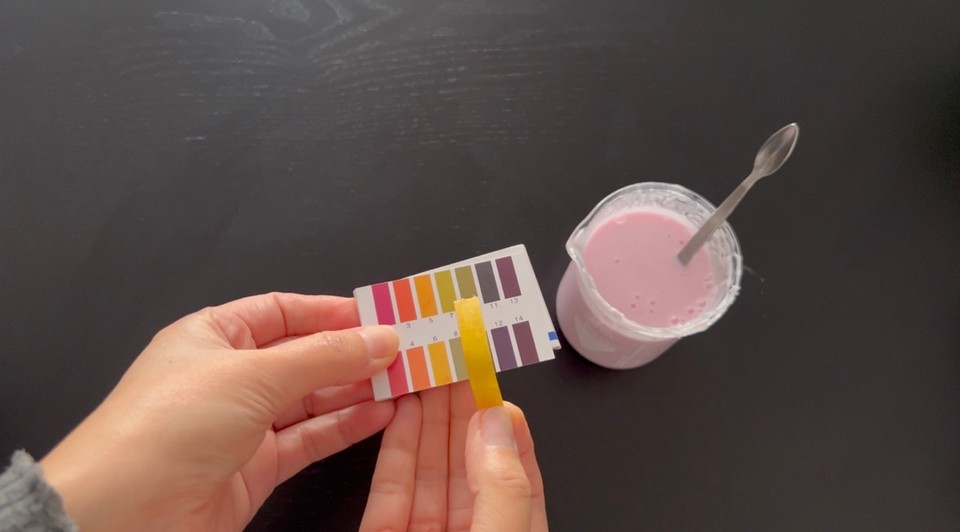
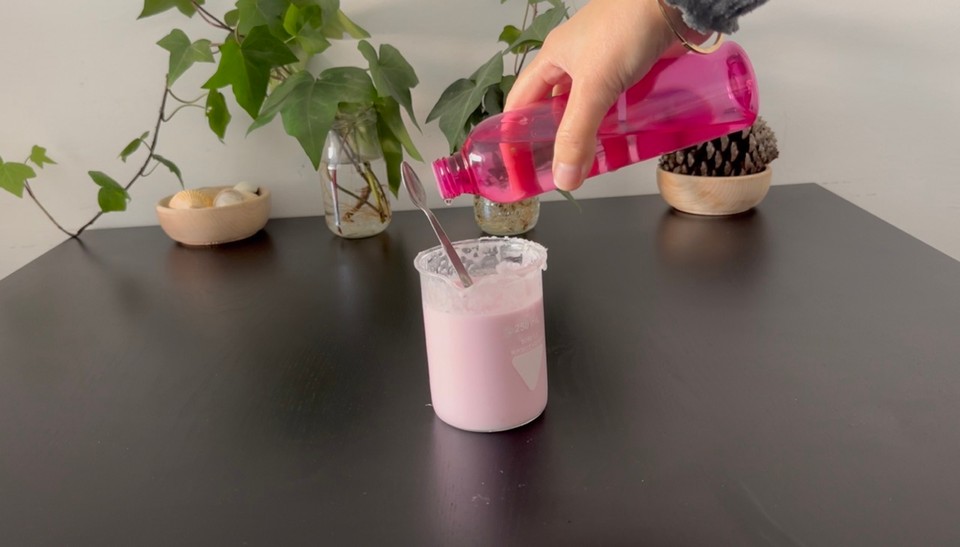

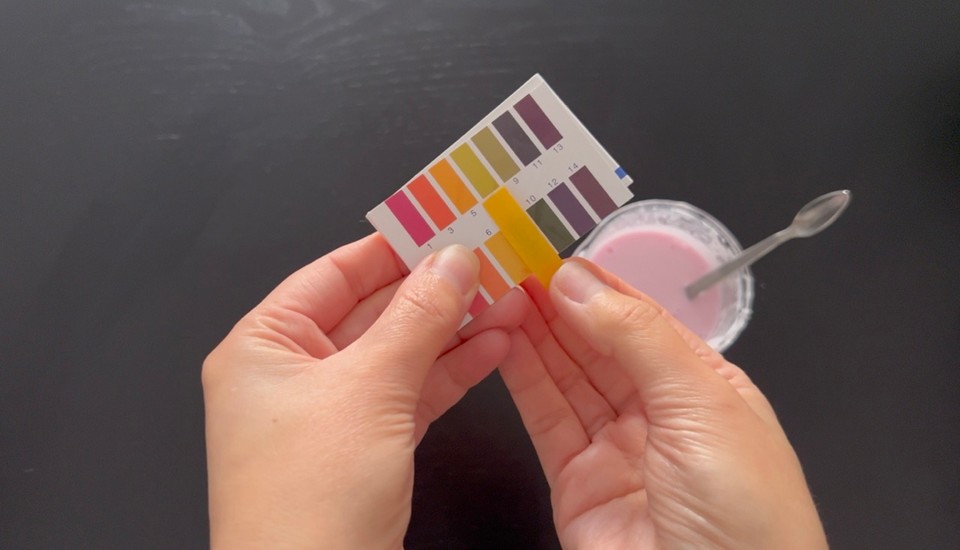
- Let the rinse-off cleanser rest for a few hours, then pour into tube containers.
